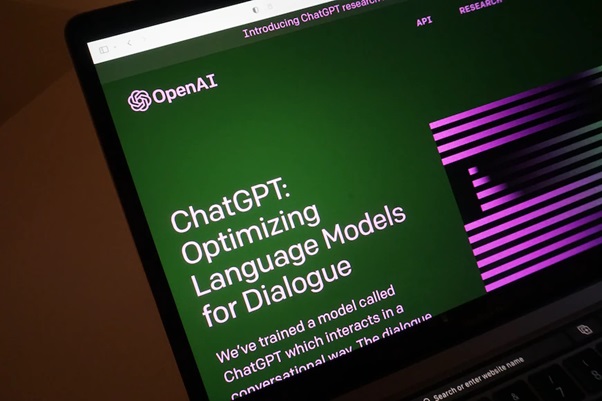
OpenAI has announced the general availability of GPT-4, its latest text-generating model, through its API, making the technology available for developers.
According to a blog post by the company, all current developers of the OpenAI API, who have a proven track record of successful payments; will have access to GPT-4. Additionally, the company intends to expand access to new developers by the end of this month. Subsequently, they plan to gradually increase the availability limits based on the availability of computing resources.
“Millions of developers have requested access to the GPT-4 API since March, and the range of innovative products leveraging GPT-4 is growing every day,” OpenAI wrote in a blog post. “We envision a future where chat-based models can support any use case.”
Tekedia Mini-MBA edition 16 (Feb 10 – May 3, 2025) opens registrations; register today for early bird discounts.
Tekedia AI in Business Masterclass opens registrations here.
Join Tekedia Capital Syndicate and invest in Africa’s finest startups here.
The move follows a report that ChatGPT is losing consumer interest as the number of people visiting the AI chatbot’s website and downloading its app declines for the first time since its launch in November.
GPT-4, the latest iteration of the OpenAI language model, offers enhanced capabilities compared to its predecessor, GPT-3.5. It can generate text, including code, and accept both image and text inputs. It has demonstrated performance at a “human level” across various professional and academic benchmarks. Similar to previous GPT models, GPT-4 was trained using publicly available data and licensed data obtained by OpenAI.
However, the image-understanding feature of GPT-4 is currently being tested with a single partner, Be My Eyes, and there is no specific timeline mentioned for its wider availability to other customers, according to Yahoo.
OpenAI has plans to enable developers to fine-tune GPT-4 and GPT-3.5 Turbo, another text-generating model, using their own data. This capability, which has been available for several of OpenAI’s text-generating models, is expected to be rolled out later this year.
In the rapidly evolving landscape of generative AI, competition has intensified. Anthropic, for instance, expanded the context window of its text-generating AI model, Claude, from 9,000 tokens to 100,000 tokens, according to Yahoo.
The context window refers to the amount of text the model considers before generating additional text, while tokens represent units of raw text. GPT-4 previously held the record for a context window size of 32,000 tokens. Models with smaller context windows tend to “forget” recent conversation content, resulting in deviations from the desired topic.
Competition appears to have given chatbot users a variety of options, tanking OpenAI’s consumer rating. In June, global traffic to the website of ChatGPT experienced a decline of 9.7% compared to the previous month, as reported by SimilarWeb, an internet data firm. Additionally, data from Sensor Tower reveals a consistent decrease in downloads of the ChatGPT iPhone app since its peak in early June, following its launch in May.
In a similar announcement, OpenAI said it’s making some changes in the general availability of its DALL-E 2 and Whisper APIs. DALL-E 2 is OpenAI’s model for generating images, while “Whisper” refers to the company’s speech-to-text model.
To optimize its compute capacity, OpenAI has also revealed plans to deprecate older models offered through its API. This decision comes as a response to the overwhelming demand for OpenAI’s generative models, particularly driven by the immense popularity of ChatGPT.
Effective January 4, 2024, certain older OpenAI models, including GPT-3 and its derivatives, will no longer be accessible. They will be replaced by new “base GPT-3” models, presumably designed to enhance compute efficiency. Developers currently utilizing the old models will be required to manually update their integrations before January 4.
“We will be providing support to users who previously fine-tuned models to make this transition as smooth as possible,” OpenAI wrote. “In the coming weeks, we will reach out to developers who have recently used these older models, and will provide more information once the new completion models are ready for early testing.”



